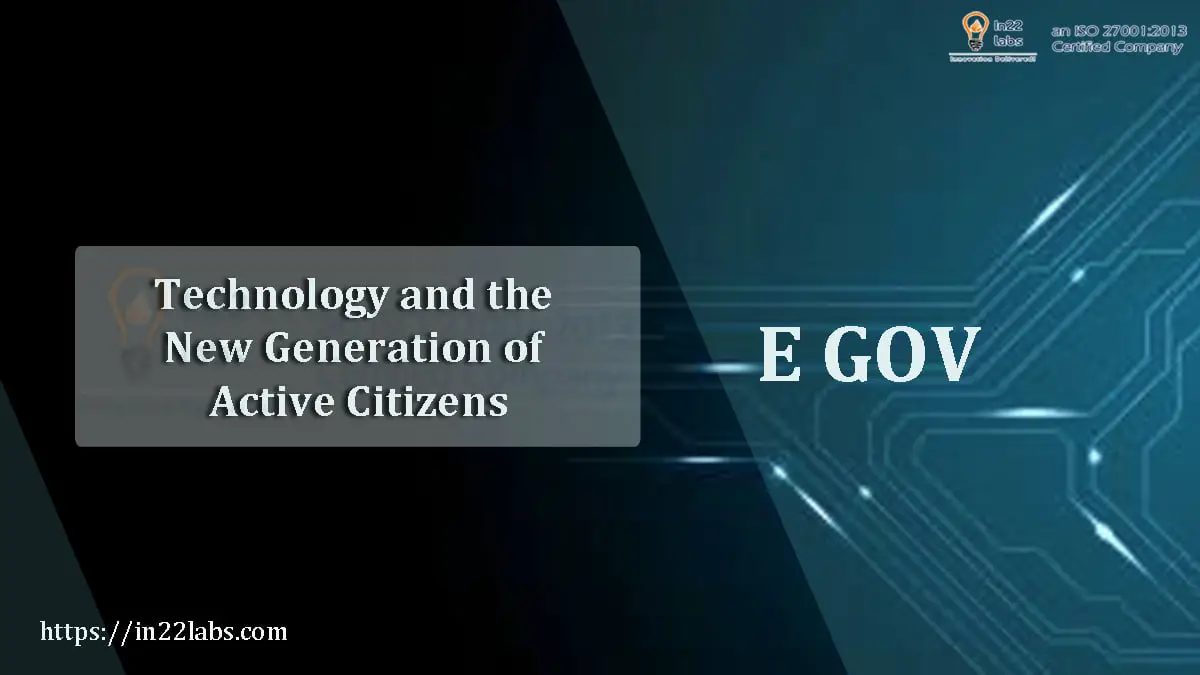Every decade, the IT industry has beheld technological reforms that have transformed IT services into the business and end-users.
The Internet supports digital communities to grow with the national governments by numerous challenges and opportunities.
Improving internal efficiency, Reducing costs / increasing revenue, Restructuring administrative processes and improving the quality of services.
e-Governance or electronic governance utilizes Information and Communications Technology to govern functioning to take about Accountable, Responsive and Transparent governance.
Concept of e-Governance:
E-governance has earned more reputation in the convoluted business world. E-governance is an emerging activity in the business field.
E-governance includes applying ICTs by government organisations to transfer information with citizens, businesses, or other government departments faster and more efficiently.
Government agencies practice e-governance through information technologies that can transform relations with citizens, businesses, and other arms of government.
These technologies can help better deliver government services to citizens, improve communications with business and industry.
The resulting advantages can be more limited corruption, increased transparency, greater convenience, revenue growth, and cost reductions.
Also, e-governance is establishing the strong relationship between the government and its citizens.
E-governance provides a unique opportunity for government departments to reorganize and rethink the way services is delivered.
E-governance solutions are simple, reach people from different backgrounds, and undertake the hurdles in communicating with citizens.
E-Governance and Mobile Technology:
E-Government initiatives and Smart-Government greatly impact decreasing management headaches, improving productivity, and providing information to citizens and businesses.
The different transformations that have been seen in the public sector for few years would be,
- The provided services are not informational, but it is becoming transactional.
- Solutions are extended into smart phones giving a start to Smart-Government.
- Content context and visualization has been widely utilized.
- Many Processes are being implemented into the mobile channels.
e-Government mobile applications present an expansion for efficient e-government services in today’s connected world. It composes the part of m-government platforms.
This study explores the usefulness, availability, and maturity of such applications.
The outcomes of this study propose important recommendations for practitioners-developers of e-government applications.
The methodology developed a large number of e-government smart phone applications.
Smartphone Apps could be developed regularly by the government, self-governing agencies, government administrators or citizens with government support.
People -particularly the younger generation prefer to utilize smart phones than computers to reach Internet services.
It is examining for governments to produce highly mature smart phone applications that meet people’s expectations and needs.






